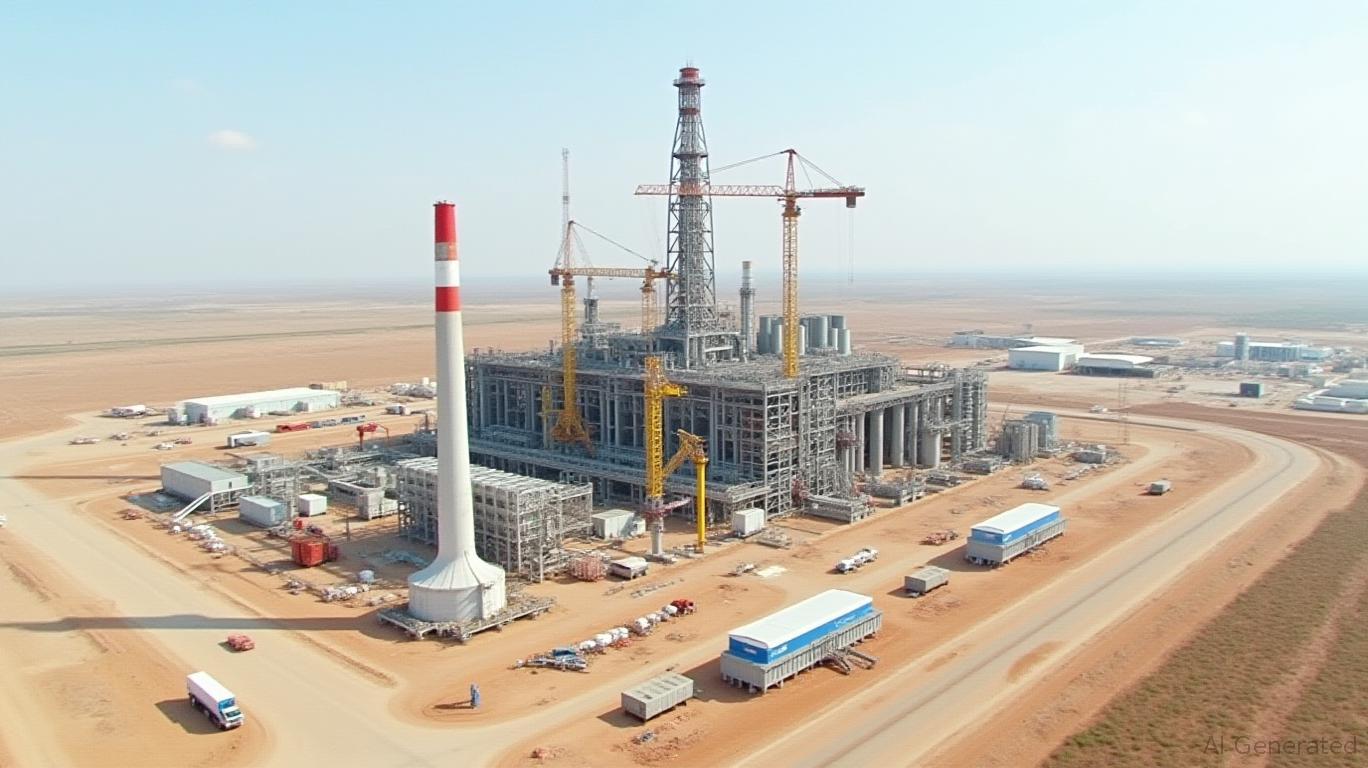Navigating the Renewables Crossroads: Lessons from the NET Power Lawsuit
The renewable energy sector, once a beacon of optimism for investors, now faces heightened scrutiny following the NET Power, Inc. (NPWR) class action lawsuit. At the heart of the case are delays and cost overruns in Project Permian, a utility-scale plant designed to demonstrate the company's proprietary Allam Cycle clean energy technology. This lawsuit underscores a critical lesson: in an era of high-stakes innovation, overpromising without transparent risk management can erode investor confidence—and shareholder value—swiftly.

The Allegations and Their Impact on Investor Confidence
The lawsuit, filed by multiple law firms including Pomerantz LLP and Robbins Geller Rudman & Dowd LLP, alleges that
made misleading statements about Project Permian's timeline and costs. Key claims include:- Delays: The project's completion date was pushed from 2026 to no earlier than 2029, citing supply chain issues and site-specific challenges.
- Cost Overruns: The budget ballooned from $950 million to $1.7–2.0 billion, with rising operational expenditures depleting cash reserves to $533 million by late 2024.
These revelations triggered a 31.5% stock drop in March 2025, as investors reacted to the reality that Project Permian's delays and financial strain could jeopardize NET Power's viability. The lawsuit's focus on material misstatements—such as downplaying supply chain risks and first-of-a-kind costs—has broader implications for the renewable sector.
Financial Repercussions for Shareholders
The lawsuit's outcome could determine whether shareholders recover losses from the $35 peak in 2024 to its current price of ~$2.13. Key risks include:
1. Settlement Uncertainty: If the case proceeds to trial, a settlement could dilute existing shareholders' value.
2. Project Viability: Continued delays may force NET Power to seek additional funding, diluting equity further or risking project abandonment.
3. Reputation Damage: The case could deter investors from other clean energy firms perceived as overly optimistic in their projections.
Strategic Moves for Investors
- Diversify Exposure: Avoid over-concentration in single-project firms like NET Power. Instead, focus on diversified renewable players with proven execution track records.
- Demand Transparency: Prioritize companies that disclose project timelines, cost estimates, and risk factors clearly. The NET Power case shows that opaque communication invites litigation—and value destruction.
- Consider Undervalued Opportunities: While NPWR's stock reflects extreme pessimism, investors with long-term horizons might explore it after the June 17 lead plaintiff deadline, as uncertainty eases. However, this requires rigorous due diligence on Project Permian's technical feasibility and management stability.
The June 17 Deadline: A Crossroads for Legal and Market Outcomes
The June 17 deadline for shareholders to seek lead plaintiff status is pivotal. Even if investors don't pursue this role, the outcome will shape the case's trajectory:
- A strong lead plaintiff could push for aggressive settlement demands, accelerating resolution but potentially raising NPWR's legal costs.
- A weak or delayed lead plaintiff selection might prolong the case, further clouding the company's outlook.
For the broader market, this deadline underscores the growing legal risks for firms in high-risk, capital-intensive sectors. Investors must now weigh the innovation premium of renewables against the potential for regulatory and litigation pitfalls.
Conclusion: A Renewed Focus on Pragmatism
The NET Power lawsuit is a wake-up call for the renewable energy sector. It highlights the need for pragmatic execution over hype, clear risk communication, and robust financial planning. For investors, this means:
- Avoiding “all-in” bets on unproven technologies.
- Prioritizing firms with diversified revenue streams and transparent governance.
- Using the June 17 deadline as a catalyst to reassess exposures to single-project companies.
While the clean energy transition remains critical, the road ahead is littered with potholes. Investors who balance optimism with skepticism—and demand accountability—will navigate this crossroads most effectively.
Investment Takeaway: Monitor the June 17 lead plaintiff decision closely. For NPWR, consider a wait-and-see approach until legal clarity emerges, while reallocating capital toward renewables firms with stronger execution and disclosure practices.

Comments
No comments yet